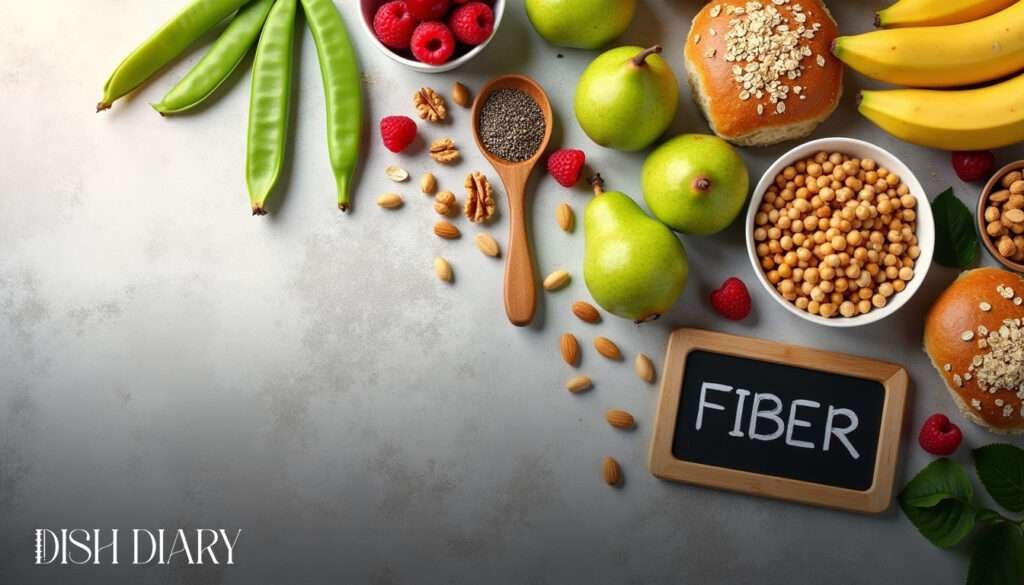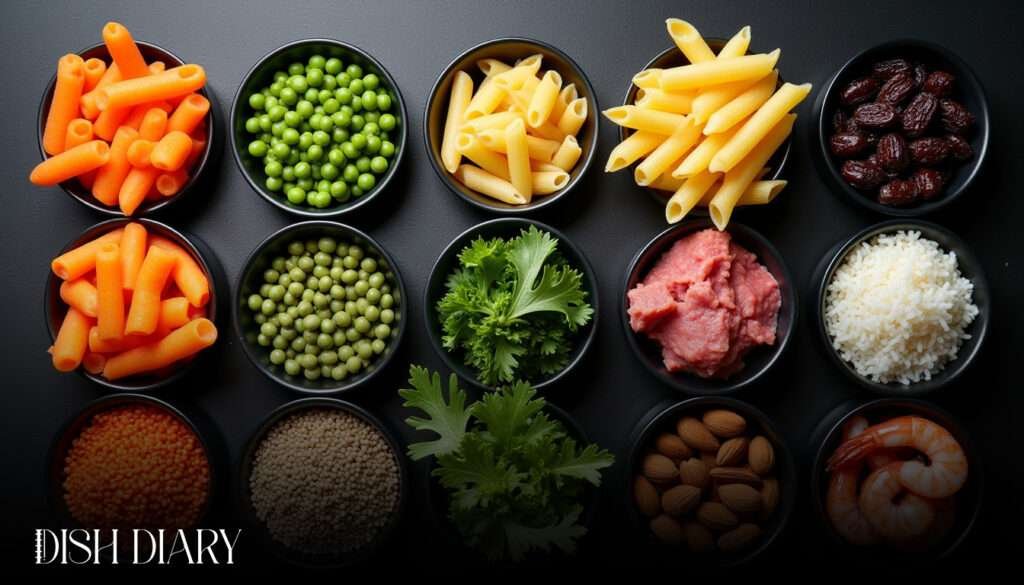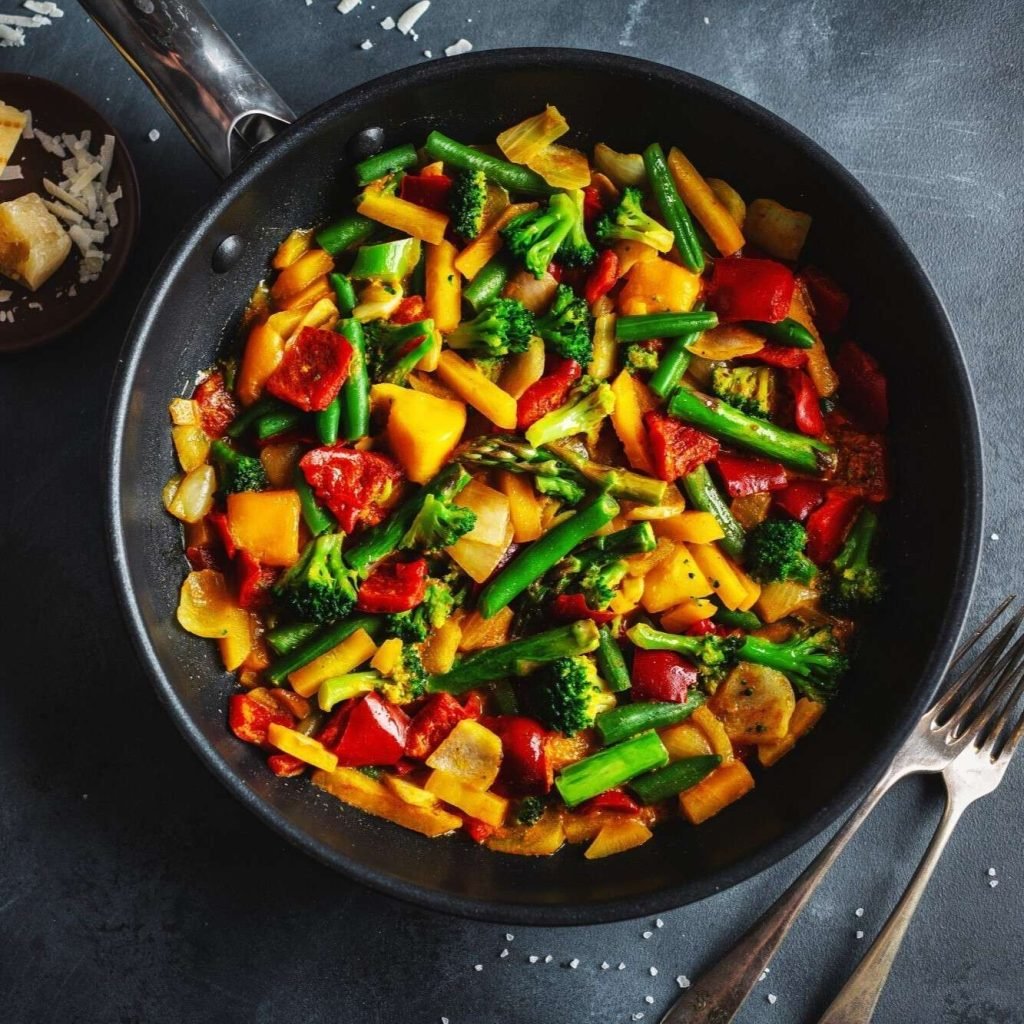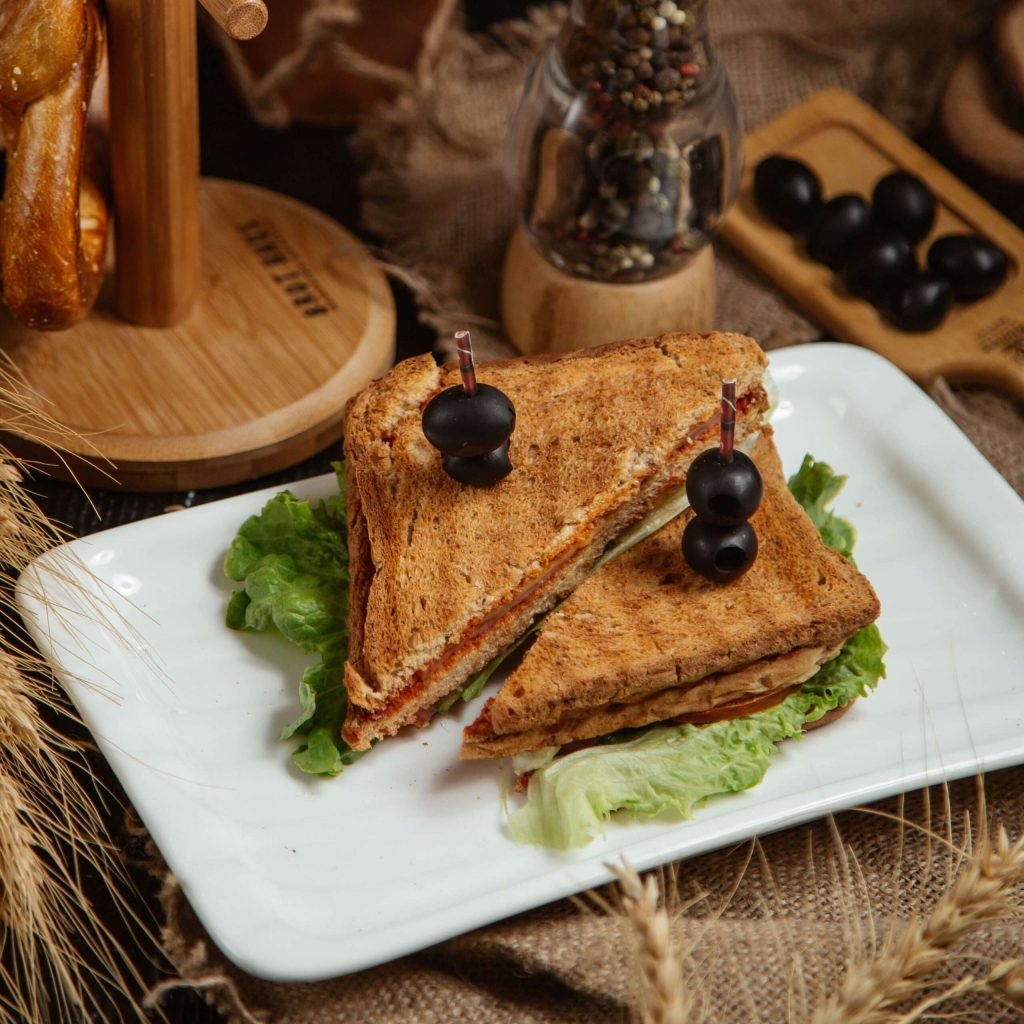We all know eating healthy is important, but sometimes it feels easier said than done. One crucial element often missing from our diets is fiber. Most of us aren’t getting enough, and that can have significant consequences for our health. This post will explore why fiber is so vital and provide practical, easy-to-implement strategies to boost your daily intake.
Want to dive deeper into healthy eating? My free “Your Ultimate Guide to the 21-Day Anti-Inflammatory Diet PDF” is the perfect next step. It’s a complete, step-by-step plan to help you reduce inflammation and improve your well-being. Click here to download your copy and start your journey to a healthier you!
Table of Contents
What is Fiber?
Fiber is a type of carbohydrate that our bodies can’t digest. It’s found in plant-based foods and plays a crucial role in our health.
You’ll often hear fiber described as either soluble or insoluble:
- Soluble fiber: This type of fiber dissolves in water. It’s like a sponge, soaking up water in your gut. It can also be broken down by the good bacteria living in your intestines.
- Insoluble fiber: This fiber doesn’t dissolve in water. It adds bulk to your stool, which helps keep things moving smoothly through your digestive system.
Another way to think about fiber is whether it can be fermented (broken down) by your gut bacteria. Some fibers are easily fermented, while others are not. It’s important to remember that there are many different kinds of fiber, and some are healthier than others. Most foods actually contain a mix of both soluble and insoluble fiber. Even some insoluble fibers can be used by your gut bacteria.
Health experts suggest that men should aim for 38 grams of fiber a day, and women should aim for 25 grams. In short, fiber is a non-digestible carbohydrate. It’s usually grouped into soluble and insoluble types.

Why is Fiber So Important in Our Diet?
Fiber, often referred to as roughage, is a type of carbohydrate that our bodies can’t digest. Instead of being broken down and absorbed like other carbs, it passes through our digestive system relatively intact. This seemingly simple process has a profound impact on our well-being. A diet rich in fiber is linked to a reduced risk of several serious health conditions, including:
- Heart Disease: Fiber helps lower cholesterol levels, a key factor in heart disease.
- Stroke: Increased fiber intake can contribute to reducing the risk of stroke.
- Type 2 Diabetes: Fiber helps regulate blood sugar levels, reducing the risk of developing type 2 diabetes.
- Bowel Cancer: A high-fiber diet is associated with a lower risk of bowel cancer.
- Weight Management: Fiber makes us feel fuller for longer, which can be a great asset in managing our weight.
- Digestive Health: Fiber promotes healthy digestion and helps prevent constipation.
We all need more fiber in our diets and less added sugar. Eating lots of fiber is really good for you! It can lower your chances of getting heart disease, having a stroke, developing type 2 diabetes, and even getting bowel cancer.
How Much Fiber Do You Need Per Day?
It depends! While fiber is a nutritional powerhouse, the recommended daily amount varies depending on your age and sex. Generally, as you get older, you might need a bit less.
The Food and Drug Administration says that 28 grams of fiber per day is a good target for adults following a 2,000-calorie diet. However, the USDA provides more specific guidelines:
- Women under 50: 25 to 28 grams per day
- Men under 50: 31 to 34 grams per day
- Women 51 and older: 22 grams per day
- Men 51 and older: 28 grams per day
Fiber Needs for Adults and Children
Kids and teens (1 to 18 years old) also need fiber, and the amount varies with their age and sex, generally falling between 14 and 31 grams per day. Experts believe even higher fiber intake than these recommendations, like what people eat in some other countries, could be even better for preventing long-term illnesses.
Fiber might not be as trendy as some other nutrients, but it’s incredibly important! It’s essential for healthy digestion, but that’s not all. Fiber also helps with weight management and keeps your gut bacteria happy and balanced. And it’s not just adults who need fiber. Children also require adequate amounts for their growing bodies. The recommended daily intake varies by age:
- 2 to 5 year-olds: about 15 grams a day
- 5 to 11 year-olds: about 20 grams a day
- 11 to 16 year-olds: about 25 grams a day
Unfortunately, many kids aren’t getting enough either. For example, teenagers often only get about 16 grams a day. To help kids get more fiber, make sure they eat plenty of fruits, vegetables, and starchy foods like whole grains and potatoes (especially with the skins on!). These foods are packed with fiber and other important nutrients.
How to Get More Fiber in My Diet?
Want to boost your fiber intake? The best way is to focus on eating foods naturally high in fiber. Think vegetables, fruits, and other plant-based foods – they’re all great sources!
If you’re not used to eating a lot of fiber, it’s a good idea to increase your intake gradually. Instead of having a huge serving of high-fiber food all at once, try spreading it out over several meals throughout the day. This gives your body time to adjust and can help prevent any digestive upset.
Looking for specific examples of high-fiber foods to add to your diet? There are lots of options to choose from! Here are some ideas to get you started:
Fiber-Rich Foods
Food | Grams (g) per serving size |
Split peas, cooked | 16.4 g per cup |
Lentils, cooked | 15.6 per cup |
Black beans, cooked | 15.4 per cup |
Lima beans, cooked | 9.2 g per cup |
Green peas, cooked | 8.8 g per cup |
Raspberries | 8 g per cup |
Cooked barley | 6 g per cup |
Oat bran | 6 g per cup |
Medium pear with skin | 5.6 g per pear |
Medium apple with skin | 4.8 g per apple |
Bran flakes | 5.5 g per 3/4 cup |
Cooked Brussels sprouts | 6.4 g per cup |
Almonds | 3.6 g per 1 oz. |
Chia seeds | 8.4 g per 1 oz. (2 tbsp.) |
How to Take Fiber in Your Daily Diet:
Let’s look at how you can get fiber in your daily meals. Here are some examples:
Fiber in Breakfast:
Two thick slices of wholemeal toast (6.6g fiber) with a sliced banana (1.4g fiber) and a small glass of fruit juice (1.2g fiber) will give you about 9.2g of fiber.
Fiber in Lunch:
A baked potato with the skin on (4.7g fiber) with about half a can of reduced-sugar and reduced-salt baked beans (9.8g fiber), followed by an apple (1.2g fiber), adds up to around 15.7g of fiber.
Fiber in Dinner:
A vegetable curry made with tomatoes, onions, and spices (6.6g fiber) served with boiled brown rice (2.7g fiber) and a low-fat fruit yogurt (0.4g fiber) provides about 9.7g of fiber. Remember that some fruit yogurts have lots of added sugar, so check the label and choose lower-sugar options.
Fiber in Snack:
A small handful (30g) of almonds (3.8g fiber) is a great high-fiber snack. Make sure you choose unsalted nuts without added sugars.
These are just examples, and the amount of fiber can change depending on how the food is made and how much you eat. Most packaged foods have a nutrition label that tells you how much fiber is in a serving. Always check the label to help you make good choices.

Fiber Content in Common Foods:
To give you a better idea of how much fiber you’re getting, here are some more examples:
- 1 cup cooked lentils: ~16 grams
- 1 medium apple (with skin): ~4 grams
- 1/2 cup cooked black beans: ~8 grams
- 1 cup cooked broccoli: ~5 grams
- 1 ounce almonds: ~4 grams
- 1/2 avocado: ~5 grams
- 1 cup raspberries: ~8 grams
Conclusion
Increasing your fiber intake is a journey, not a race. Start by making small, gradual changes to your diet. This will help your digestive system adjust and prevent any discomfort. By incorporating these tips into your daily routine, you can unlock the power of fiber and pave the way for a healthier and happier you. By incorporating more fiber-rich foods into your daily meals, you can significantly improve your well-being. Start slowly, listen to your body, and enjoy the positive impact of a fiber-filled diet!















1 thought on “How to Get More Fiber in Your Diet: Your Guide to a Healthier You”
Pingback: Wagamama Nutritional Menu UK | Dish Diary